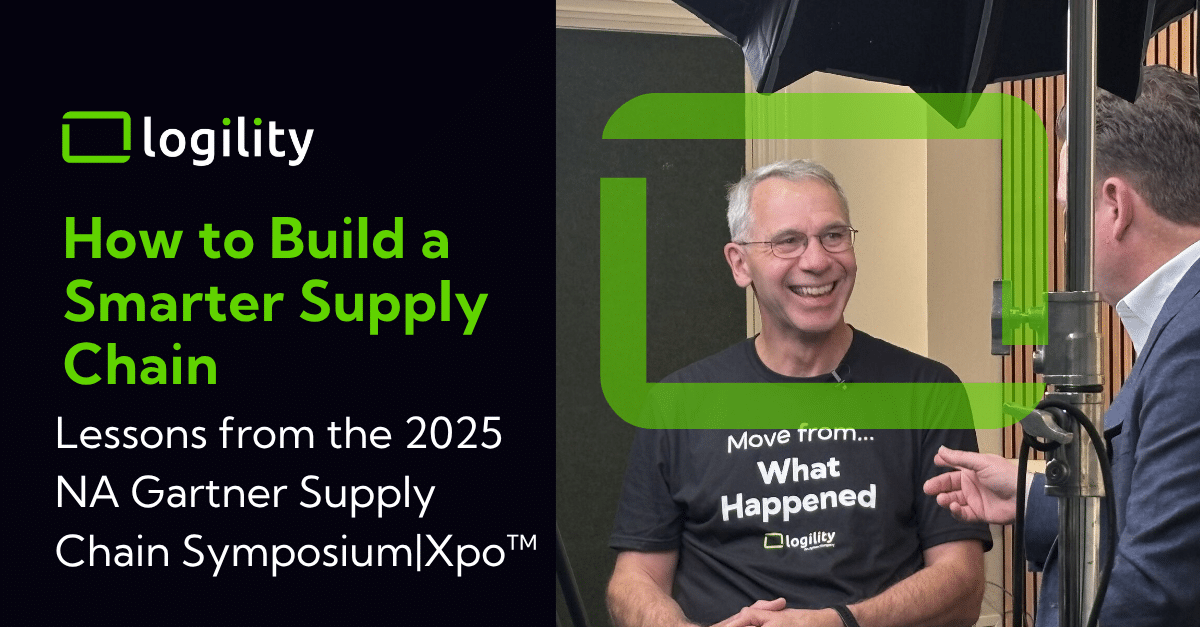
The next episode in the Supply Chain Wars saga, Episode V – The Corporation Strikes Back is the second in a series of articles that follow a supply chain team’s efforts to improve their supply chain capabilities.
The Star Wars movies have influenced generations of movie goers for the last 40 years, I being one of them. You could make the case that Supply Chain Management has grown up in the same 40 year period. While I am not sure the Star Wars movies and books had much influence on supply chain management, being a Star Wars fan and a supply chain professional I couldn’t pass up the opportunity to mix the two together!
Supply Chain Episode IV – A New Hope discussed the need for “Continuous Planning” and why it is the ultimate new supply chain weapon. This episode will discuss the need to meet the increasing speed and complexity of the supply chain through integrating the entire supply chain from “Product Concept to Customer Availability.”
Companies today face ever increasing supply chain challenges including long material lead times, fluctuating material prices, high demand uncertainty and seasonality, short product life spans, growing percentage of new products, increasing regulations, and an imperative to meet increasing customer expectations for safe, high quality products at a competitive price when and where customers want them.
Today’s #1 priority for consumer focused companies can be summed up in a single phrase: speed to market. The push towards faster cycle times is driven by the “we want it now” mindset of today’s consumers. Speed requires an integrated and synchronized supply chain from product concept to customer availability.
Luckily, a convergence of advanced supply chain solution capabilities and powerful analytics, along with access to more powerful computers, ‘Big Data’, and a tech savvy workforce lay the foundation to take your supply chain to the next level of performance. Imagine being able to break down barriers that prevent the flow of information and build capabilities to seamlessly collaborate across teams, departments, continents and even the Universe to enable the smartest customer-centric decisions in the shortest amount of time. To make this a reality you need key capabilities in the following areas.
Advanced Analytics:
Advanced analytic capabilities are more important than ever to a company’s ability to reduce costs, meet ever-increasing customer expectations and attract talent. Top supply chain talent want to work with modern solutions that allow them to spend their time creating value not sifting through spreadsheets containing last week’s data.
Research has shown a strong correlation between more advanced analytics and higher Return on Investment (ROI). Higher analytics maturity levels often lead to improved product quality, increased revenues and service levels while decreasing inventory. According to Gartner Research, companies with a high level of analytics maturity versus those with a low level of analytics maturity are;
- 29% more likely to improve customer service level
- 44% more likely to have successful product launches
- 52% more likely to improve product quality
- 29% more likely to improve asset utilization, and
- 44% more likely to produce higher revenues
Product Life-Cycle Management:
Whether your company is a manufacturer, distributor or retailer you need real-time visibility into product data and the ability to share this information between design, planning manufacturing, merchandizing, costing, sourcing and logistics. To be successful, companies facing tighter government regulations, shorter product lifecycles and shrinking profit margins, need Product Lifecycle Management (PLM) to address their complex supply chain challenges.
PLM provides productivity improvements to every area involved in developing, planning, acquiring, making, and delivering a product. PLM empowers the connected enterprise allowing companies to broadcast information throughout the enterprise to optimize product lead-time and distribution operations, maximizing company revenue and profit.
Sourcing Management:
Companies increasingly look to supplier management as a way to accelerate speed to market. By focusing on strategic relationships with their best suppliers, companies can not only negotiate better pricing but also prioritize production scheduling. What is needed is advanced sourcing management capabilities that streamline supplier onboarding and management, enable continual monitoring of supplier performance, provide supplier score cards, identify areas for improvement, and strengthen relationships with their most strategic suppliers.
Demand, Inventory & Supply Planning and Optimization:
The digital economy requires an intuitive digital supply chain platform to get the most out of your supply chain efforts. You need a platform that leverages algorithmic planning to model and analyze business opportunities while mitigating the associated risks including the ability to;
- Augment human insight to gauge actual versus planned supply chain activity
- Get smarter over time with machine learning that interrogates big data for better predictions based on performance
- Use demand sensing to add short-term refinement to long-term supply chain planning
- Automate activities related to demand, inventory, replenishment and availability with IoT sensors
Retail Planning:
Lack of visibility across the supply chain inhibits the ability to get the right merchandise to the right customer in the right place at the right time. An integrated approach to merchandise planning, assortment, allocation and replenishment eliminates blind spots that drive up inefficiencies and costs associated with disconnected legacy systems. Visibility into comprehensive retail planning data enables forecasting down to the SKU and individual store level, making omni-channel merchandising activities more efficient helping to increase customer satisfaction and improve margins.
Quality and Compliance:
Product safety regulations are increasing at a rapid pace, and there is no slowdown in sight. Customer-centric companies must ensure their products meet a host of governmental and social regulations, adding another layer to already-burdened product development and supply chain operations. History has shown that product quality can literally make or break your brand’s reputation and with it your financial performance. However, you can’t sacrifice speed to market for increased product quality. What’s needed to balance these two mandates is a robust Quality and Compliance Management platform that provides quality management and audits, regulatory document management, and global logistics management capabilities.
As Qui-Gon Jinn said, “Your focus determines your reality.” What if you focused on breaking down the barriers preventing the flow of information to allow seamless collaboration across teams, departments, business units, and even customers and suppliers? What if you focused on dramatically collapsing planning cycles to gain a first mover advantage? What if you could have one plan across your business to bring products to market faster? Accelerating your business from Product Concept to Customer Availability isn’t science fiction, it is possible today.
Stayed tuned for the next episode of Supply Chain Wars and as always I look forward to your feedback and comments at thevoyager@logility.com.



